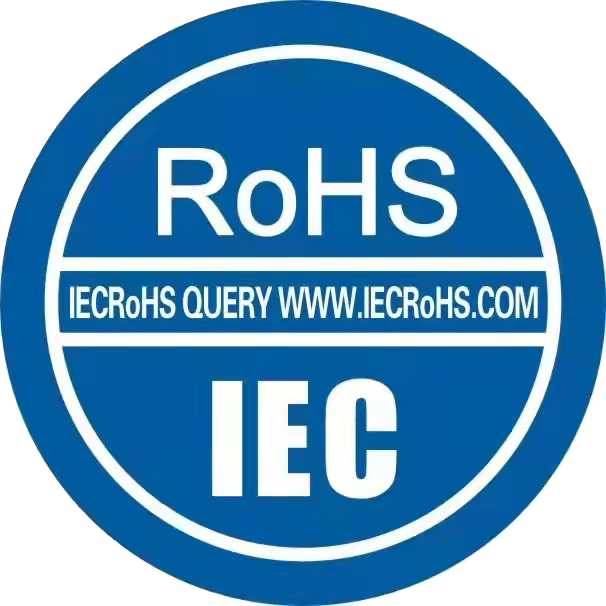RoHS Directive: A Comprehensive Guide to Compliance and Global Impact
The RoHS Directive, formally known as the Restriction of Hazardous Substances Directive, stands as a cornerstone of environmental regulation within the European Union. Enacted to mitigate the environmental and health risks associated with electronic waste, this directive restricts the use of specific hazardous materials in electrical and electronic equipment (EEE). For manufacturers, importers, and distributors aiming to access the lucrative EU market, a thorough understanding and strict adherence to the RoHS Directive is not just beneficial—it is a mandatory requirement for market entry and commercial success.
Understanding the Core of the RoHS Directive
Originally adopted in 2003 (Directive 2002/95/EC), the RoHS Directive has undergone several updates, with the current recast version known as Directive 2011/65/EU, often referred to as RoHS 2. The directive’s primary objective is to minimize the negative environmental and public health impacts arising from the disposal and treatment of e-waste. By limiting the concentration of certain substances, it makes recycling safer and reduces the potential for toxic leakage into soil and groundwater from landfills.
The Restricted Substances and Their Limits
At the heart of the RoHS Directive is a list of restricted substances, each with a maximum concentration value of 0.1% (1000 ppm) by weight in homogeneous materials, except for cadmium, which is limited to 0.01% (100 ppm). The original list of six substances has been expanded. The current list of ten restricted substances includes: Lead (Pb), Mercury (Hg), Cadmium (Cd), Hexavalent chromium (CrVI), Polybrominated biphenyls (PBB), Polybrominated diphenyl ethers (PBDE), Bis(2-ethylhexyl) phthalate (DEHP), Butyl benzyl phthalate (BBP), Dibutyl phthalate (DBP), and Diisobutyl phthalate (DIBP). These materials are known for their toxicity, carcinogenic properties, and ability to cause other severe health issues.
The Scope of Products Covered by RoHS
The directive’s scope is extensive and categorizes electrical and electronic equipment into eleven categories. It encompasses a vast array of products, from large household appliances and IT equipment to consumer electronics, lighting, tools, toys, and medical devices. With subsequent amendments, the scope has been opened to include all EEE, meaning that unless specifically excluded, any product requiring an electric current or electromagnetic fields to operate falls under the purview of the RoHS Directive.
Navigating RoHS Compliance and CE Marking
Achieving compliance is a rigorous process. Manufacturers must conduct a comprehensive conformity assessment, which involves technical documentation and, often, testing of materials. This process is crucial for affixing the CE marking to a product. The CE mark is a manufacturer’s declaration that the product complies with all applicable EU legislation, including the RoHS Directive. It is the key to free movement within the European Economic Area. This requires close collaboration with component suppliers to obtain Declarations of Conformity and detailed material information for every homogeneous material in the product.
The Global Influence of the RoHS Directive
The impact of the RoHS Directive extends far beyond the borders of the EU. It has served as a model for similar regulations worldwide, inspiring laws such as China’s Management Methods for the Restriction of the Use of Hazardous Substances in Electrical and Electronic Products and California’s Electronic Waste Recycling Act. This global ripple effect has effectively created a new international standard for the production of electronic goods, pushing the entire industry toward greener and more sustainable manufacturing practices.
Conclusion: The Future of Electronics Manufacturing
The RoHS Directive has fundamentally reshaped the electronics industry, driving innovation in material science and promoting the development of safer, more environmentally friendly products. It underscores a global shift towards extended producer responsibility (EPR), where manufacturers are held accountable for the entire lifecycle of their products. As technology evolves and new substances are evaluated, the directive will continue to adapt, further cementing its role as a critical instrument for protecting human health and our planet’s environment.
Disclaimer
The information contained in this article is for general informational purposes only and is not intended as legal or professional advice. While efforts are made to ensure the accuracy of the content, the landscape of environmental regulations is subject to change. Readers are strongly advised to consult with a qualified professional or refer directly to the official texts of the RoHS Directive and its amendments for specific guidance and compliance requirements. The author and the publishing platform disclaim any liability for any loss or damage that may arise from reliance on the information provided herein.

